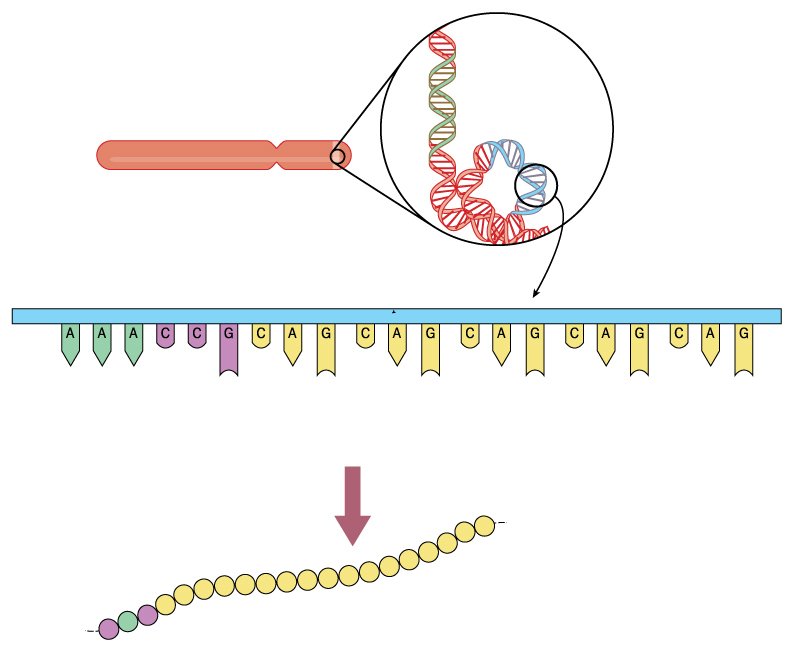French Scientists Report Two Novel Mutations Leading to Inherited Form of CMT
Written by |

French researchers have identified two novel mutations occurring within the NEFH gene that led tof a hereditary form of Charcot-Marie-Tooth disease in two families.
Their study, “Cryptic amyloidogenic elements in mutant NEFH causing Charcot-Marie-Tooth 2 trigger aggresome formation and neuronal death,” appeared in the journal Acta Neuropathologica Communications.
The NEFH gene is among those which cause inherited CMT. It encodes a protein that is key in maintaining proper axonal development. Axons are the part of neurons that propagate electrical signals to other neurons, thereby triggering neuronal and muscular activity.
The team at Pitié-Salpêtrière Hospital in Paris followed 12 patients from two French families whose CMT was caused by two distinct mutations in the NEFH gene. These patients had deficient leg activation and nerve conduction, both indicative of axonal damage.
The novel mutations added 40 amino acids to the NEFH protein sequence, causing its aggregation.
Further biochemical and genetic analyses showed that the aggregated protein activated cell death mechanisms, leading to neuronal death — not only in cultured neurons but also in the spinal cord neurons of chicken embryos.
“The families presented here displayed a severe, predominantly motor, axonal autosomal dominant form of CMT with proximal motor involvement in the lower limb associated with two previously unreported mutations in the NEFH gene,” researchers wrote. “The clinical [manifestation] varied in term of age at onset, ranging from 5 to 40 years, with a median around 30 years.”
They said a “remarkable and consistent feature” in all patients was the early involvement of proximal muscles of the lower limbs, occurring 10 to 15 years after the onset of motor deficit.
Researchers said these findings provide valuable information on what triggers CMT and how symptoms of this disease overlap with those of other motor neuron conditions such as amyotrophic lateral sclerosis (ALS).
“Loss of motor neurons is a hallmark of ALS, which is also increasingly associated with the presence of protein aggregates in motoneurons,” they wrote. “Interestingly, motoneuron death and intracellular protein inclusions are common hallmarks in ALS. Characterization of cellular effects of the NEFH mutations provides a rational basis to the clinical continuum between CMT and ALS in affected patients.”




